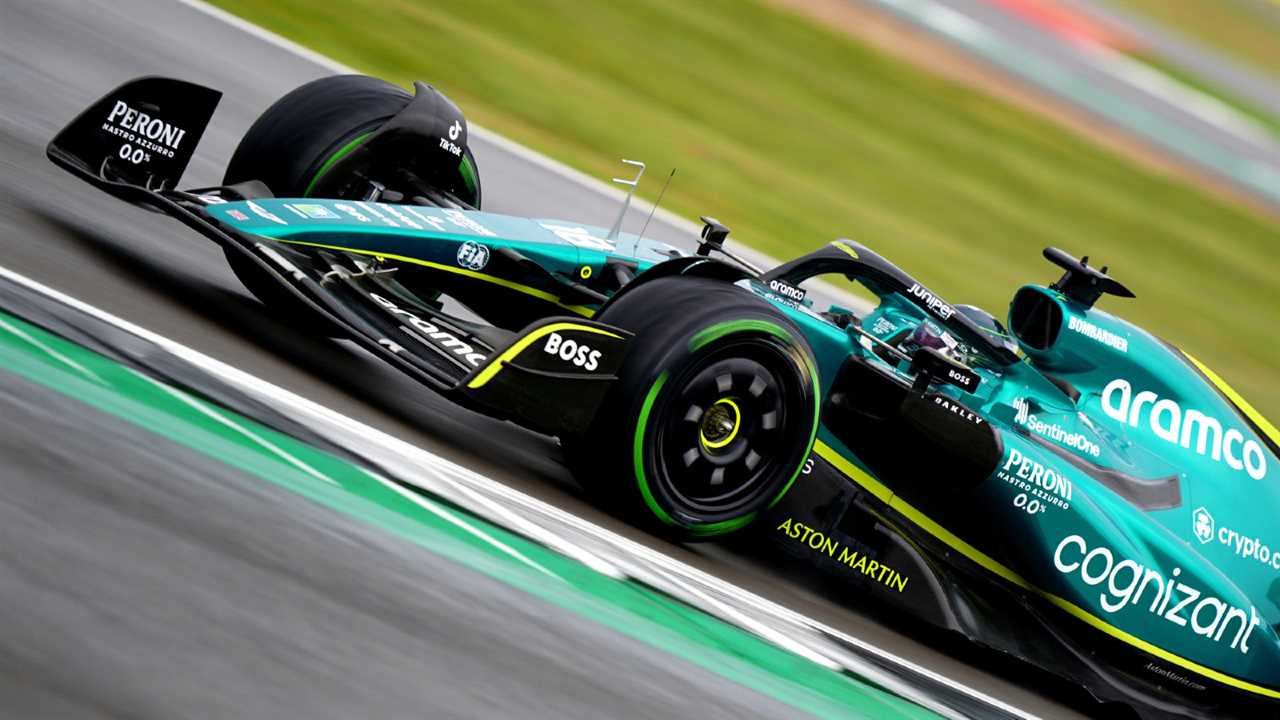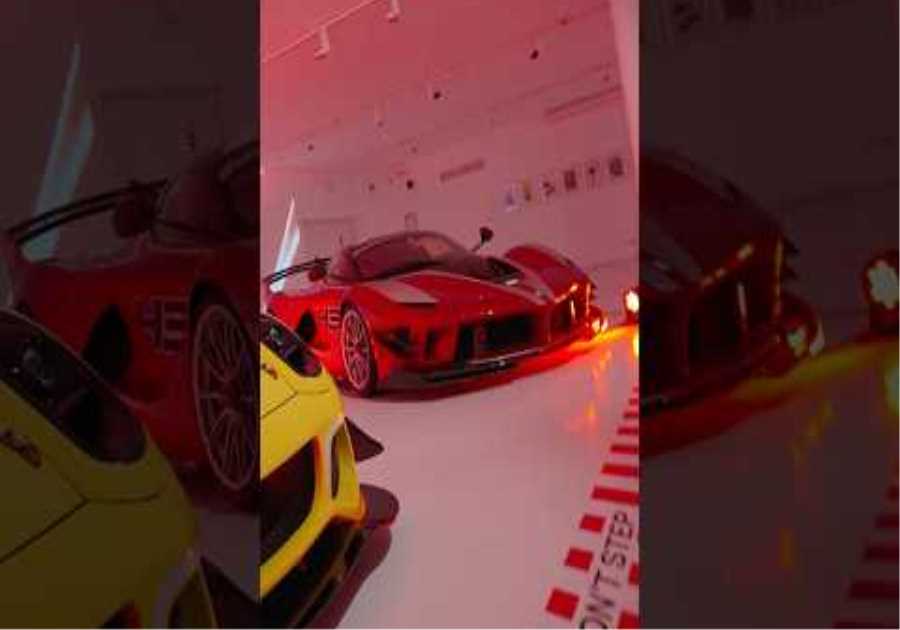
Aston Martin deputy technical director Eric Blandin believes porpoising will stick around in some capacity in 2023, despite advancements having been made against it.
The vertical oscillations on the new generation of cars were brought about by ground effect aerodynamics and the way the cars now generate downforce, with air moving underneath the floors and ‘pulling’ the cars towards the track surface.
With cars looking to run as low to the ground as possible to maximize their downforce package, this led to some cars being heavily affected by porpoising, perhaps Mercedes most prominently, but Aston Martin also suffered quite harsh bouncing effects early in the season.
They were able to make changes to the cars to limit the phenomenon as the season went on, and the FIA will be enforcing new regulations to limit the amount of vertical oscillations a car can have over the course of a lap following driver safety concerns, as well as a small rise in minimum ride height.
But despite the changes being made to help combat the issue, Blandin predicts Aston Martin and others will struggle to get rid of porpoising altogether, simply as a matter of physics surrounding the new era of Formula 1 cars.
“It won’t disappear completely,” Blandin told the official Aston Martin website.
“It’s something that’s inherent within this set of regulations. You’ve got big tunnels channeling air underneath a car that is running very close to the ground and effectively has a skirt created by the floor edge that’s sealing the air in – this combination is what makes the car susceptible to porpoising.
PlanetF1.com recommends
How Fernando Alonso had an immediate impact from day one at Aston Martin
Lewis Hamilton car collection: Take a closer look at his insane private garage
Top 10: The drivers with the highest win percentages in F1 history
“Every F1 car experiences some degree of oscillation, but with the current regulations, due to the aerodynamic load and the variation in that aerodynamic load, this oscillation is more pronounced.
“You use the same tools – wind tunnel, CFD cluster, software – but it’s all about how you extract the data and how you use it.
“Simulating the problem is complicated. There aren’t many tools that can do that. On a computational side, you can’t predict it with normal software.
“It’s not simply a case of running the car in the wind tunnel to see whether it will porpoise: it doesn’t work like that because it’s a dynamic problem – the aerodynamic loads are constantly changing.
“Throughout the 2022 campaign, we advanced our understanding of this new generation of F1 car in several areas, and this enabled us to identify what was causing the bouncing.”






